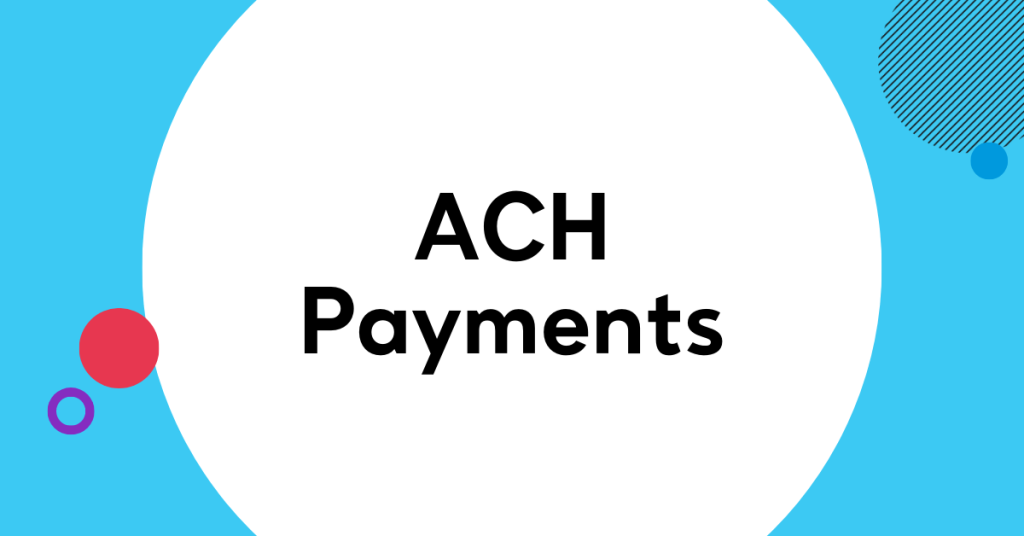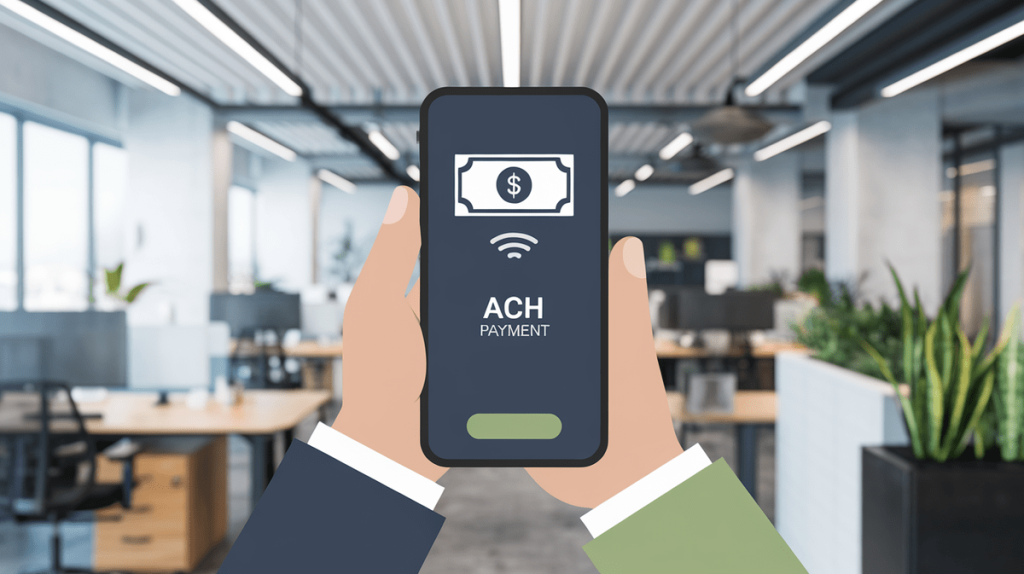ACH (Automated Clearing House) payments are a fundamental part of the U.S. financial system, facilitating electronic transfers between banks. This article will break down what ACH payments are, how they work, their types, benefits, costs, and how they compare to other payment methods. We will also explore their most common uses and potential drawbacks, while incorporating key data and statistics.
Introduction to ACH Payments
ACH payments are electronic transfers between banks in the U.S., managed by NACHA (National Automated Clearing House Association). In 2021, the ACH network processed over 29.1 billion payments, totaling more than $72.6 trillion in value. These transactions cover payroll deposits, bill payments, and person-to-person transfers.
Types of ACH Payments
ACH payments fall into two main categories: ACH Credit and ACH Debit.
- ACH Credit: Funds are “pushed” from the payer’s account to the payee’s account. Common uses include payroll deposits and person-to-person payments.
- ACH Debit: Funds are “pulled” from the payer’s account, typically for recurring payments like mortgages or utilities. The payee initiates the transaction.
Table 1: Comparison of ACH Credit and ACH Debit
| Feature | ACH Credit | ACH Debit |
|---|---|---|
| Initiated by | Payer | Payee |
| Common Use | Payroll, P2P payments | Recurring bill payments |
| Processing Time | 1-2 business days | 1-2 business days |
| Cost (to businesses) | Low | Low |
| Risk of Reversal | Low | Higher, due to potential insufficient funds |
How ACH Payments Work
ACH transactions involve three main entities:
- Originating Depository Financial Institution (ODFI): The bank that initiates the transaction.
- Receiving Depository Financial Institution (RDFI): The bank that receives the transaction.
- NACHA: Regulates the ACH network.
The process starts when the ODFI sends a batch of payment instructions to the RDFI via the ACH network. These instructions include the transaction amount, recipient’s bank account number, and the routing number. ACH transactions are processed in batches, making the system efficient and cost-effective. Processing usually takes 1-2 business days.

Benefits of ACH Payments
ACH payments provide several key advantages:
- Cost-Efficient: ACH transactions are cheaper than credit card payments, with costs as low as $0.25 to $0.75 per transaction.
- Secure: Governed by strict NACHA rules, reducing the risk of fraud.
- Convenient: Ideal for automating recurring transactions.
For businesses looking to optimize their payment processing and reduce chargebacks, Merchanto.org, a partner of VISA and MasterCard, offers robust solutions in the chargeback prevention sector. Explore their services here.
Common Uses of ACH Payments
ACH payments are widely used for various transactions:
- Direct Deposit: Employers deposit wages directly into employees’ bank accounts.
- Bill Payments: Utility companies and mortgage providers often use ACH debits for collecting payments.
- Person-to-Person Payments: Services like Venmo and PayPal utilize ACH for money transfers between individuals.
- Business-to-Business Payments: Companies prefer ACH for large payments due to its low cost and efficiency.
Table 2: ACH Payment Statistics (2021)
| Category | Number of Transactions (in billions) | Total Value (in trillions USD) |
|---|---|---|
| Direct Deposits | 7.3 | $15.9 |
| Bill Payments | 6.2 | $14.5 |
| B2B Payments | 5.2 | $38.2 |
| P2P Payments | 2.3 | $2.8 |
Costs and Fees Associated with ACH
ACH transactions are generally more affordable than other payment methods. Here’s a breakdown of the costs:
- Internal Costs: Businesses processing ACH payments internally typically incur about $0.29 per transaction.
- Third-Party Processors: Additional fees may apply when using third-party processors, often ranging from 0.5% to 1% of the transaction amount, plus a possible monthly service fee.
Potential Drawbacks and Limitations
ACH payments, while efficient, come with certain limitations:
- Processing Time: Typically, ACH payments take 1-3 business days to process. While Same Day ACH is available, it often comes at a higher cost.
- Transaction Limits: Many banks impose limits on ACH transfers, either per transaction or within a certain period.
- Risk of Reversal: ACH debits can be reversed if the payer’s account lacks sufficient funds, posing a risk for businesses.

ACH Payments vs. Other Payment Methods
To appreciate the full value of ACH payments, it’s essential to compare them with other payment methods like wire transfers, credit cards, and checks.
Table 3: Comparison of ACH Payments with Other Payment Methods
| Payment Method | Cost (to businesses) | Speed | Security | Best Use Cases |
|---|---|---|---|---|
| ACH Payments | Low ($0.25 – $0.75) | 1-3 days | High, regulated by NACHA | Payroll, bill payments |
| Wire Transfers | High ($10 – $30) | Same day | Very high, real-time processing | Large, time-sensitive payments |
| Credit Cards | High (1.3% – 3.5%) | Instant | High, PCI compliance required | Retail transactions |
| Paper Checks | Varies | 3-5 days | Moderate, prone to fraud | One-time payments |
Conclusion
ACH payments are a crucial part of modern financial transactions, providing a secure, cost-effective, and convenient alternative to traditional payment methods. They are widely used across various sectors, including payroll, bill payments, and B2B transactions. By integrating ACH payments into your business, especially with support from partners like Merchanto.org, you can optimize your payment processes and reduce chargeback risks.
For further information on ACH payment implementation, best practices, and compliance, refer to authoritative resources like NACHA guidelines or payment processors such as Stripe.com and Checkout.com. These sources offer the technical details and regulatory insights necessary for effective ACH payment management.



